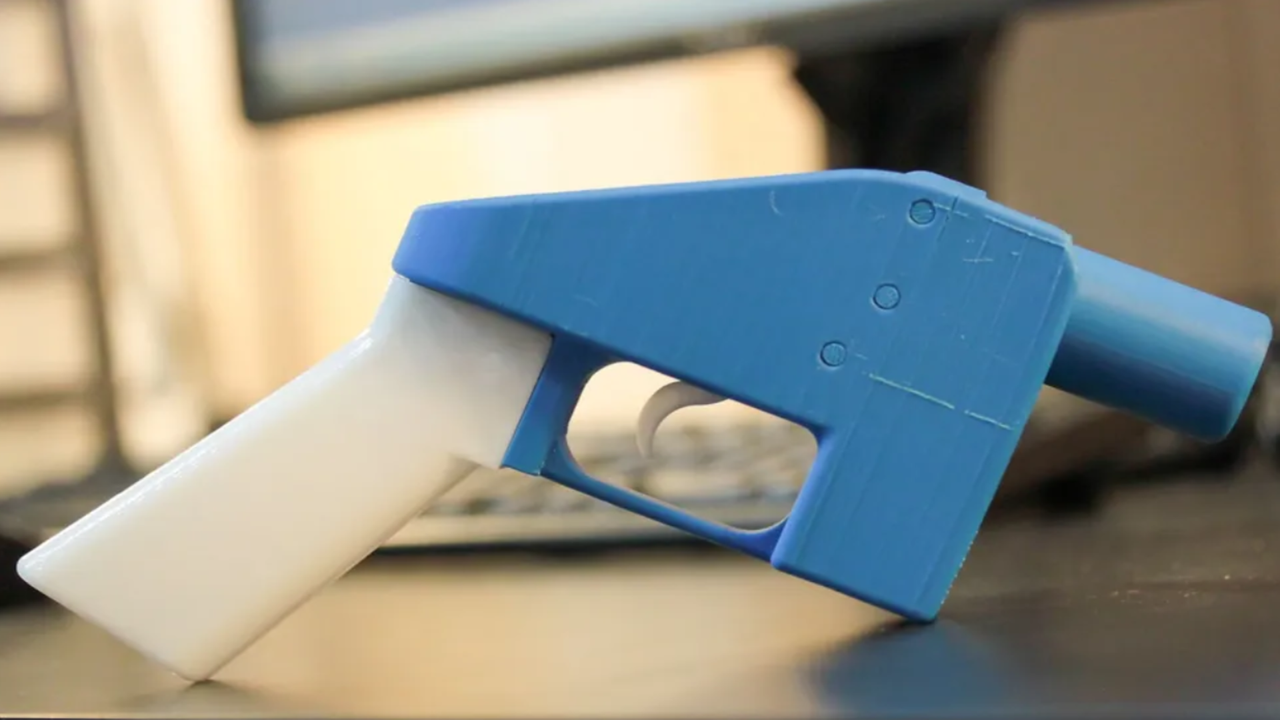- Police are now tracing ghost guns by identifying microscopic toolmarks left by 3D printer hardware
- Thingiverse is using automation to block the upload of dangerous weapon blueprint files
- Lawmakers want 3D printer makers to build in AI tools that block firearm printing
The rapid spread of 3D-printed gun templates online is drawing scrutiny from law enforcement and lawmakers, as regulators begin to deal with the unintended consequences of accessible digital manufacturing.
Popular platform Thingiverse, known as the world’s largest repository of 3D printer model files, has now become a central focus in efforts to curb the spread of ghost guns.
Following an investigation by the New York Police Department, hundreds of downloadable weapon-related files were found on Thingiverse – files which, once downloaded, can be used by almost anyone with a 3D printer to make working firearm parts.
Crackdown on file-sharing platforms
In response, Thingiverse has added automated tools designed to detect and block uploads of gun files before they go live on the site.
This is an urgent issue within 3D printing communities, and as platforms grow, managing harmful or illegal content becomes much harder.
Access to dangerous blueprints is tough to control, especially when file sites operate with little oversight, and along with platform changes, officials are now turning to hardware makers.
Manhattan District Attorney Alvin Bragg has asked companies like Bambu Lab to build AI systems that can scan CAD files before printing.
The goal is to train models to spot gun blueprints and stop them at the printer itself.
Law enforcement agencies are working to build roadblocks that make it harder to create untraceable firearms.
Beyond prevention, investigators are also exploring ways to trace printed weapons back to their source.
Researchers are studying toolmarks left on printed objects – tiny patterns made by a printer’s unique settings, nozzle shape, and filament path.
These marks may not match one exact printer, but they can help narrow down where a weapon came from.
Factors like extruder size, print temperature, and bed surface all affect these marks, which makes tracking more complex.
Even so, this kind of forensic work shows that printed weapons are not as anonymous as many once believed.
Whether made on a high-end 3D engraver or a cheap desktop unit, printed objects may carry clues that link them to certain machines.
With ghost guns now easier to make than ever, the race between access and control is clearly underway, and the outcome is still unknown.
Via TomsHardware
